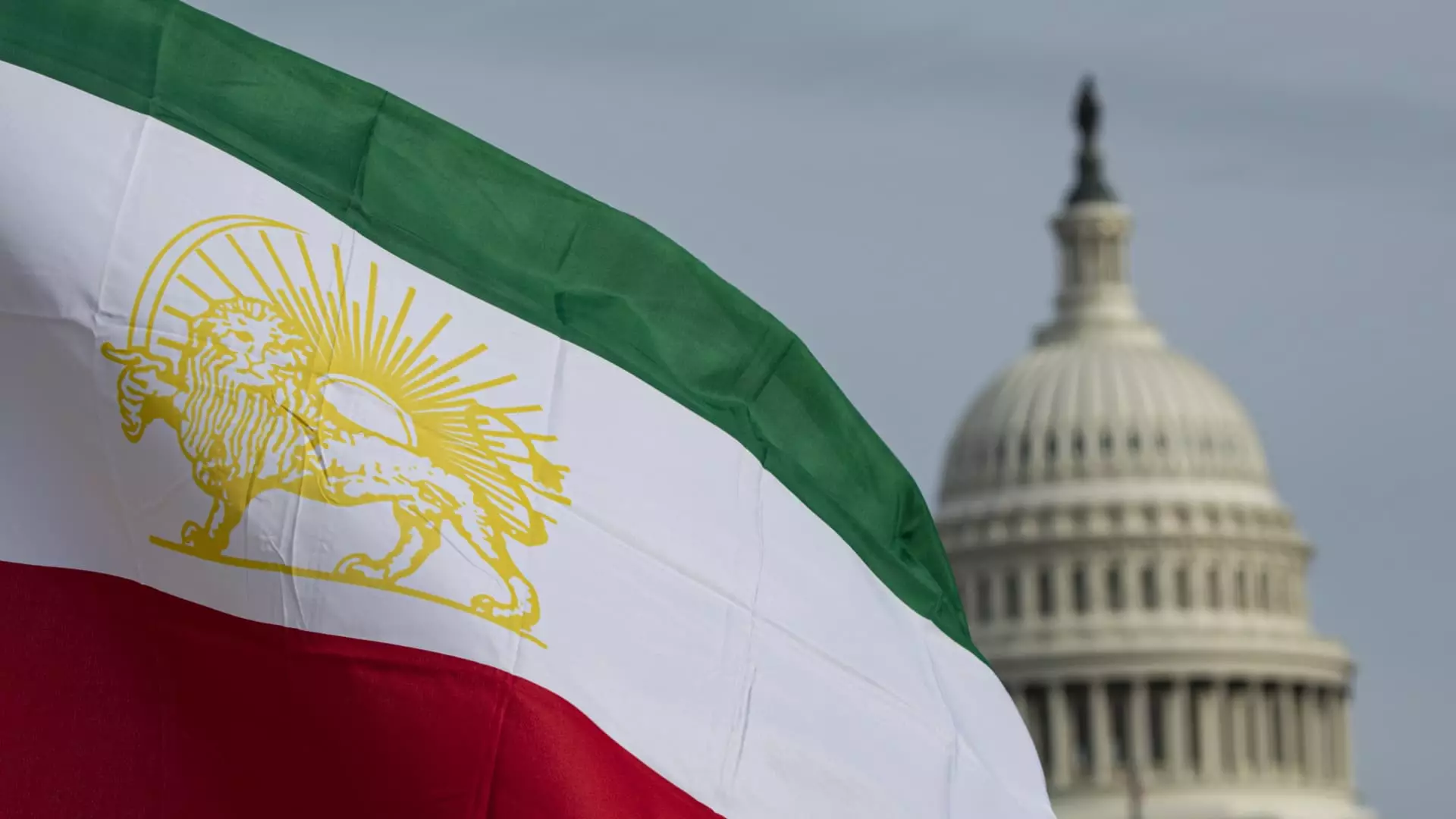The ongoing negotiations between Iran and the United States represent a convoluted tapestry of decades-long tensions, fraught with complexities and longstanding grievances. Despite the superficial optimism exuded by both nations, the reality beneath the surface is a labyrinth of mistrust and vastly divergent priorities. The dialogue’s latest round, taking place under the auspices of Omani mediators, is characterized by whatever short-lived gains achieved and the palpable anxiety surrounding ultimate outcomes. Iranian Foreign Minister Abbas Araqchi’s ambivalence casts a shadow on the negotiators’ assertive posturing. His cautious proclamation about success—”extremely cautious”—illuminates a delicate reality that suggests any steps forward are burdened with baggage of existential doubt.
In juxtaposing Trump’s more brazen yet equally cautious remarks about a possible deal, one cannot help but feel a sense of disillusionment seep into the discussions. Yes, there is engagement, but what are the stakes? Can any pact born from this environment of mistrust truly lead to substantive, lasting peace? Or are we simply witnessing a prelude to another chapter of discord where promises made are mere illusions, unable to shape a tangible future?
Contextualizing Deadly Explosions and Sabotage
Notably, while these diplomatic overtures are being tested, the Iranian landscape is rattled by violent episodes—like the recent explosion at Shahid Rajaee port that led to loss of life and chaos. It is not merely the physical destruction that stalks these talks, but the figurative echoes of fear and vulnerability that remind us of the fragility of peace. Such incidents incite panic among negotiating parties, enhancing a narrative of fear that underpins their interactions. For Iran, every blast resounds as a reminder of domestic instability, while American policymakers grapple with the consequences of their prior interventions and continued sanctions.
Moreover, historical context further complicates these negotiations. Trump’s administration, having decimated the 2015 nuclear framework, initiated a “maximum pressure” campaign that seems to have exacerbated Iran’s nuclear ambitions rather than curtail them. The abhorrent breach of nuclear agreements, particularly the acceleration of uranium enrichment, speaks to a growing desperation. Reinstating trust is mission-critical, yet both nations ought to recognize how actions often speak louder than words—an unyielding reality that looms over the negotiations.
Red Lines and Defiant Rhetoric
Interestingly, while negotiators exhibit an outward willingness to engage in dialogue, firm red lines stymie genuine progress. The insistence from Iranian officials to retain enrichment capabilities, alongside Secretary of State Marco Rubio’s unwavering demand for cessation of these activities, makes evident a chasm that remains unbridged. The stark contrasts of demands reveal a troubling rigidity that suggests neither side recognizes the road to peace is paved with compromise, not inflexibility.
Moreover, the conversations extend beyond mere uranium enrichment, touching on broader geopolitical elements, including missile programs and regional security. Iran, firmly defending its expanding missile capabilities, perceives its arsenal as indispensable for national defense, deterred only by impossible diplomatic conditions. Contrasts abound between a liberalized, multilateral security framework favored by European diplomats and a hawkish, unilateral stance favored by segments of the U.S. administration. The road ahead is littered with potholes—a path less of diplomacy and more of maneuvering and positioning.
The Reality of Diplomatic Engagement
While both Tehran and Washington assert their commitment to dialogue, the efficacy of this engagement remains highly questionable. In a world brimming with cynicism, the prospect of a breakthrough seems paradoxically both tantalizingly close and maddeningly elusive. Diplomacy demands sincerity and mutual understanding—two attributes seemingly in short supply as each side juggles domestic and international pressures. Both nations are ensnared in political theater, their rhetoric often leading to transactional blame rather than heartfelt negotiation.
Soon, as expert level discussions culminate in yet another meeting—this time, potentially in Europe—one must wonder whether any substantive progress will emerge from what seems like largely theatrical performances. Can U.S. leaders unshackle themselves from a propensity toward coercive diplomacy, and will Iran betray its historical resistance to international scrutiny? The clock is increasingly ticking down to an ultimatum. And as these negotiations meander through this quagmire of past missteps and present calculations, the global community is left holding its breath in anxiety—hoping against hope that the consequences of failure won’t render the already volatile Middle East even more perilous.



Leave a Reply